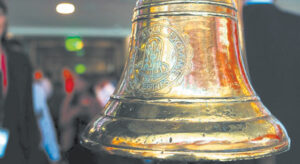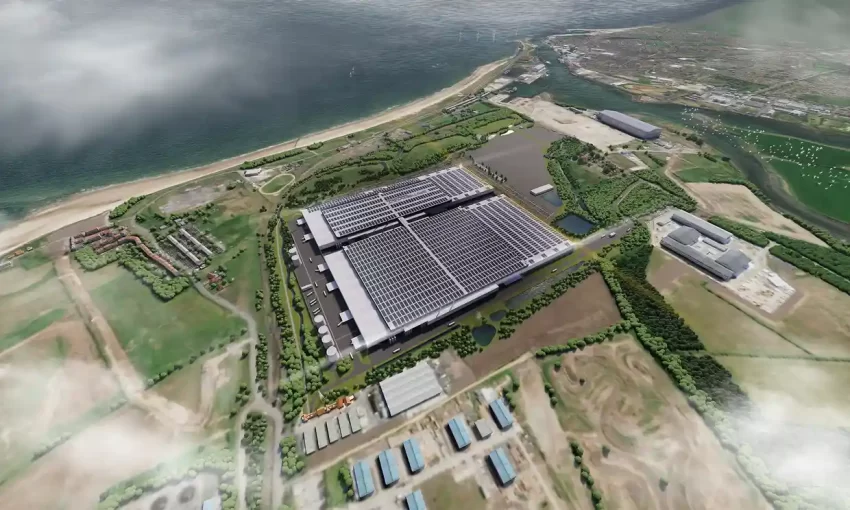Business travel in western Europe is expected to see one of the “sharpest recoveries” in the world and return to pre-Covid spending levels in 2026, according to research by the Global Business Travel Association.
Europe was the only region to see spending decline on corporate travel in both 2020 and 2021 as the Covid-19 crisis hit the sector hard.
But GBTA in its Business Travel Index Outlook report said that the continent was now “making up for lost ground” and is expected to be the fastest-growing business travel market in 2023 with spending forecast to rise by 25.3 percent year over year.
Catherine Logan, GBTA’s regional vice president, EMEA and APAC, said the removal of border restrictions in 2022 had led to a “surge in business travel spend across the region” with spend rising by an estimated 61.7 percent compared with 2021.
“Europe regained ground in 2022 and is now forecast to become the fastest-growing business travel market in 2023,” added Logan. “Despite this healthy start to the year, there is caution as uncertainty continues due to rising inflation and economic crisis, all threatening to derail progress as we move further into 2023.”
In Western Europe, business travel spending in 2022 was up by 23 percent year over year to reach $194 billion, which represented 58 percent of the region’s pre-Covid annual expenditure. Business travel in “emerging” Europe, which includes countries in Central and Eastern Europe, rose by 53 percent to reach $30.8 billion last year.
Europe remains the third largest region in the world for business travel spending with 20 percent of the total, although this share is 7 percentage points lower than in 2019. Six countries—Germany, France, U.K., Italy, Spain and the Netherlands—accounted for 65 percent of corporate travel expenditure in the region last year.
GBTA’s analysis shows that some industries have been recovering faster than others, with manufacturing outpacing the overall level of corporate travel recovery. Conversely, information and communication, public administration, and finance and insurance are returning at a slower average rate.
Figures also illustrate how the gap in spending between Europe’s largest two markets, Germany and the U.K., grew over the past decade. In 2013, Germany’s travel spending was 23 percent higher than in the U.K., but this gap increased to a 31 percent differential in 2017 and rose further to 33 percent in 2022.
Originally published by BTN Europe.




